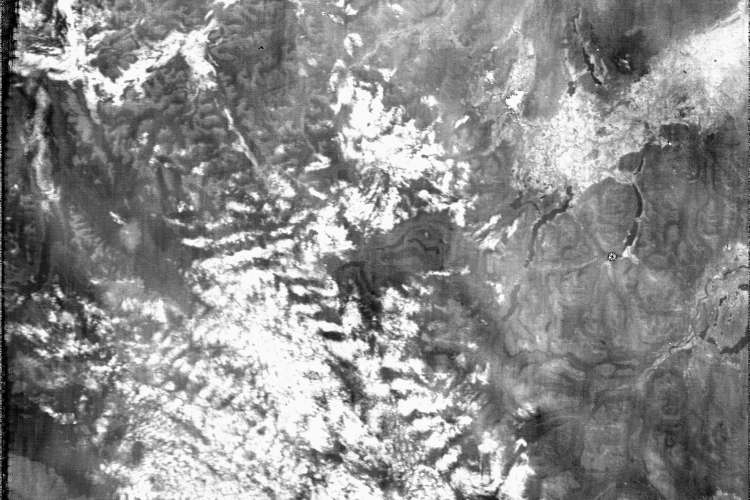Watch: The International Space Station Adds a Powerful New Camera
Aerospace’s new infrared camera is now obtaining unique high-contrast, nighttime images from its home on the International Space Station (ISS). The 45-kilogram instrument, known as the Near Infrared Airglow Camera (NIRAC), will provide detailed observations of clouds at night for weather prediction, among other applications.
“NIRAC is a pathfinder for nighttime imaging done from a low Earth orbit platform,” said Dr. Lynette Gelinas, one of the principal investigators for NIRAC. “NIRAC’s sensitivity and spatial resolution are significantly better than visible instrumentation is capable of for nighttime imaging.”
Taking photos without much light means a longer exposure time is needed. NIRAC employs about a 1.5 second exposure to collect enough photons for high-contrast images. However, to take clear images from a fast-moving platform in low Earth orbit (such as the ISS), an orbital motion compensation system must be used.
“NIRAC uses an Aerospace-patented orbital motion compensation system which allows nighttime imaging near the native pixel resolution (~100 m),” Gelinas said. “If motion compensation was not employed, images would be smeared by more than 10 km in the direction of ISS motion.”
[revslider name='nirac5' /]
Another unique facet of NIRAC is that it can collect imagery even when there is no light from either the sun or moon. Earth’s atmosphere naturally gives off light due to chemical reactions that are taking place, a phenomenon known as airglow. NIRAC uses airglow as a source of illumination when taking photos. NIRAC will also be used to study airglow itself.
“The main scientific application for NIRAC is the study of global airglow characteristics, particularly with respect to the wave perturbation in the airglow that have never before been characterized globally,” Gelinas said.
NIRAC can also take images in the daytime. In that case, NIRAC operates in a fast-exposure mode (about 54 microsecond exposure), using reflected sunlight to produce images of the ground and clouds.
NIRAC launched on May 4, 2019 as part of the Department of Defense Space Test Program.

